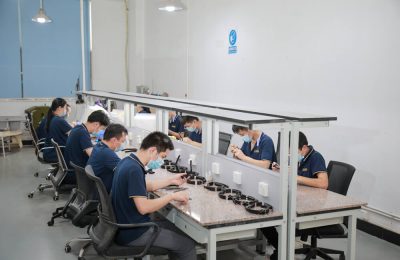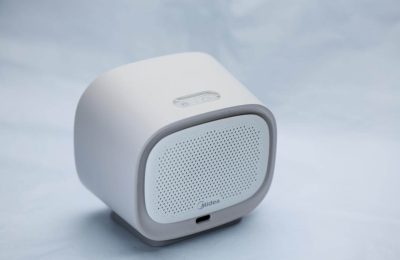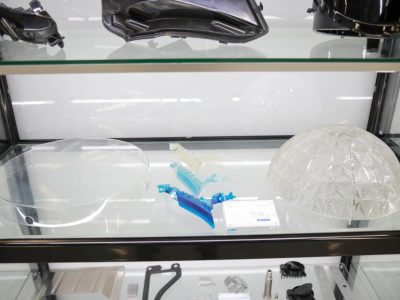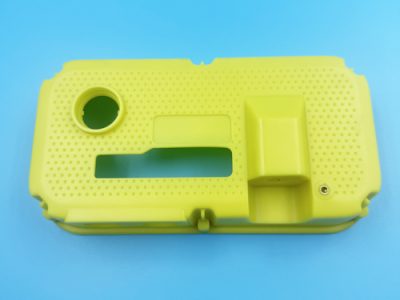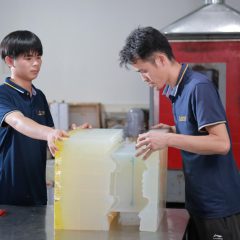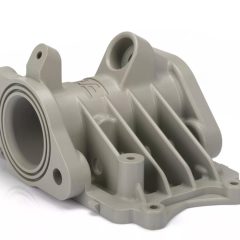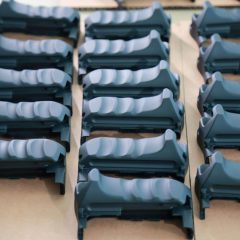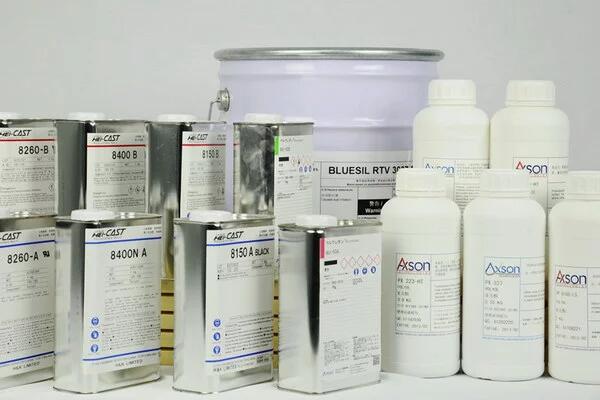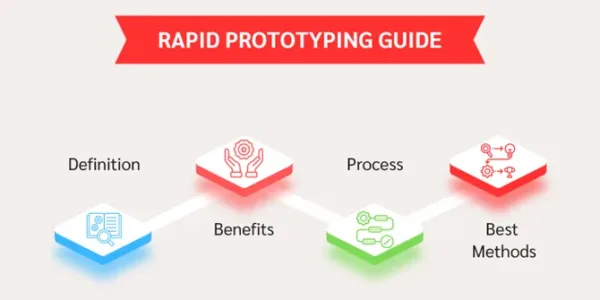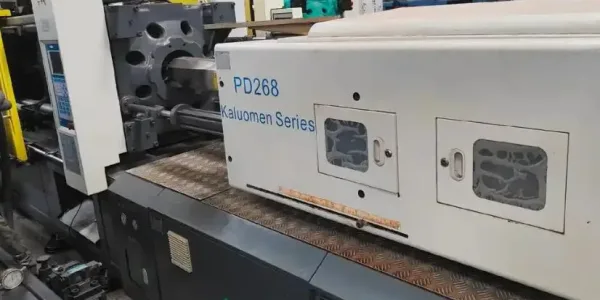1. What is Vacuum Casting Prototype Service?
- Answer: Vacuum casting is a process that uses silicone molds to create prototype parts. For more information on vacuum casting, read: Explore Vacuum Casting Services: Benefits, Process, and Applications .Liquid resin is poured into the mold under vacuum pressure, ensuring precise detail replication and smooth surfaces. This technique is ideal for creating accurate prototypes or low-volume production parts with similar characteristics to injection-molded items.
2. What materials can be used in vacuum casting?
- Answer: Vacuum casting often uses materials like polyurethane and silicone to replicate a wide range of plastics, including ABS, PP, and rubber-like materials. These resins can mimic the mechanical and aesthetic properties of production materials, making them suitable for functional testing and design verification.
3. How long does it take to produce parts through vacuum casting?
- Answer: Typical lead times are between 3 to 10 days, depending on the project’s complexity and the number of parts required. Once the master mold is prepared, each casting takes around a few hours, allowing for rapid turnaround in low-volume production.
4. What are the main applications of vacuum casting prototypes?
- Answer: Vacuum casting is commonly used for creating prototypes that require high detail and accuracy, such as in automotive, aerospace, medical, and consumer electronics. It is especially beneficial when designers need to validate the appearance, function, or fit of parts before mass production.
5. What are the advantages of vacuum casting over other prototyping methods?
- Answer: Vacuum casting offers high precision, excellent surface quality, and the ability to replicate fine details. It is cost-effective for low-volume production, as the molds are relatively inexpensive compared to injection molds. Additionally, vacuum casting allows for faster production of parts than CNC machining or 3D printing for specific geometries.
6. How durable are vacuum-cast parts?
- Answer: The durability of vacuum-cast parts depends on the material used. While they can withstand functional testing, they are typically not as durable as injection-molded parts for high-stress applications. However, they are robust enough for design validation, aesthetic review, and fit testing.
7. What tolerances can be achieved with vacuum casting?
- Answer: Vacuum casting can achieve tolerances within ±0.1mm, depending on the part’s complexity and size. This precision allows for the creation of functional prototypes that closely mimic final production parts.
8. Is vacuum casting environmentally friendly?
- Answer: Vacuum casting is generally considered low-waste as it uses minimal material for molds and parts, and resin leftovers can often be recycled. However, the process does involve silicone and plastic resins, which may have limited recyclability compared to fully sustainable alternatives.
9. What are the limitations of vacuum casting?
- Answer: Vacuum casting is best suited for small to medium-sized parts and is limited in high-volume production due to mold lifespan. Silicone molds typically produce around 20 to 25 parts before degradation. It is also limited in replicating certain production-grade materials, such as metals.
10. How does vacuum casting compare to injection molding for prototypes?
- Answer: Vacuum casting is more cost-effective for low-volume runs than injection molding, which has higher upfront tooling costs. It is also faster, as it requires less complex mold setup. Injection molding, however, is more durable and precise, making it preferable for high-volume production once the design is finalized.
 LKprototype
LKprototype
